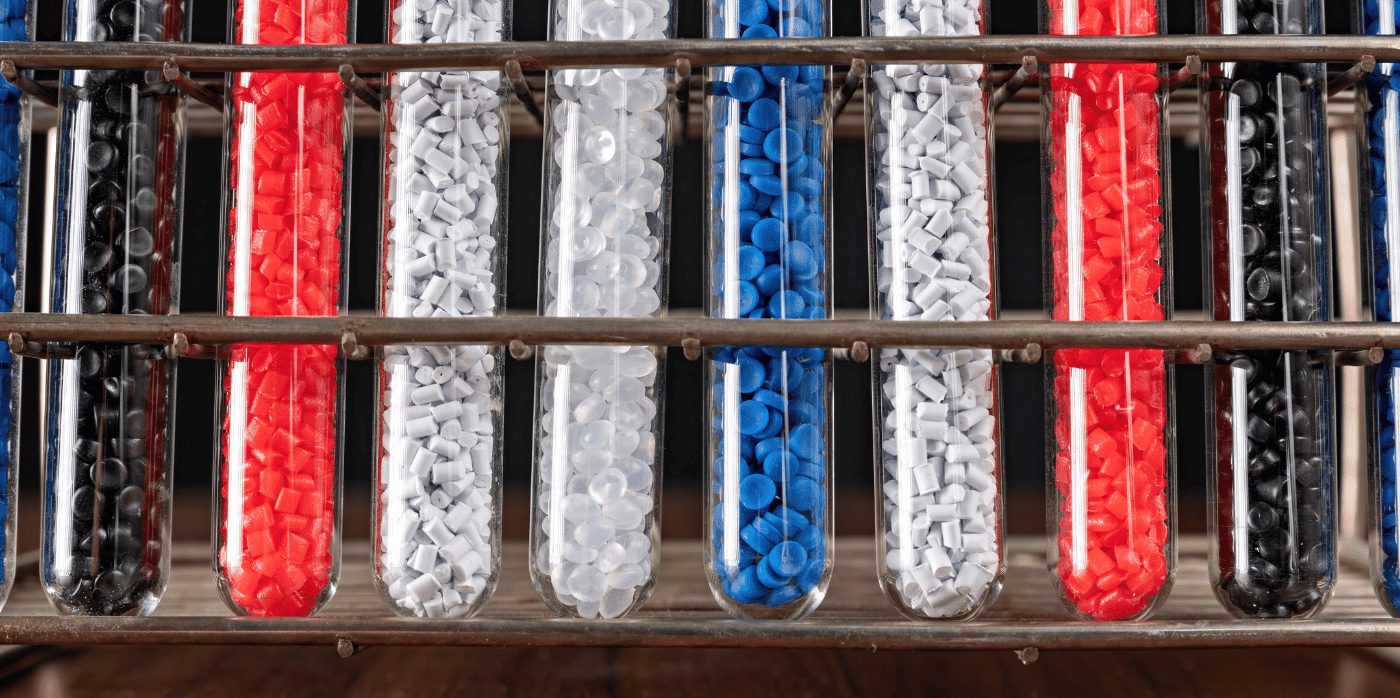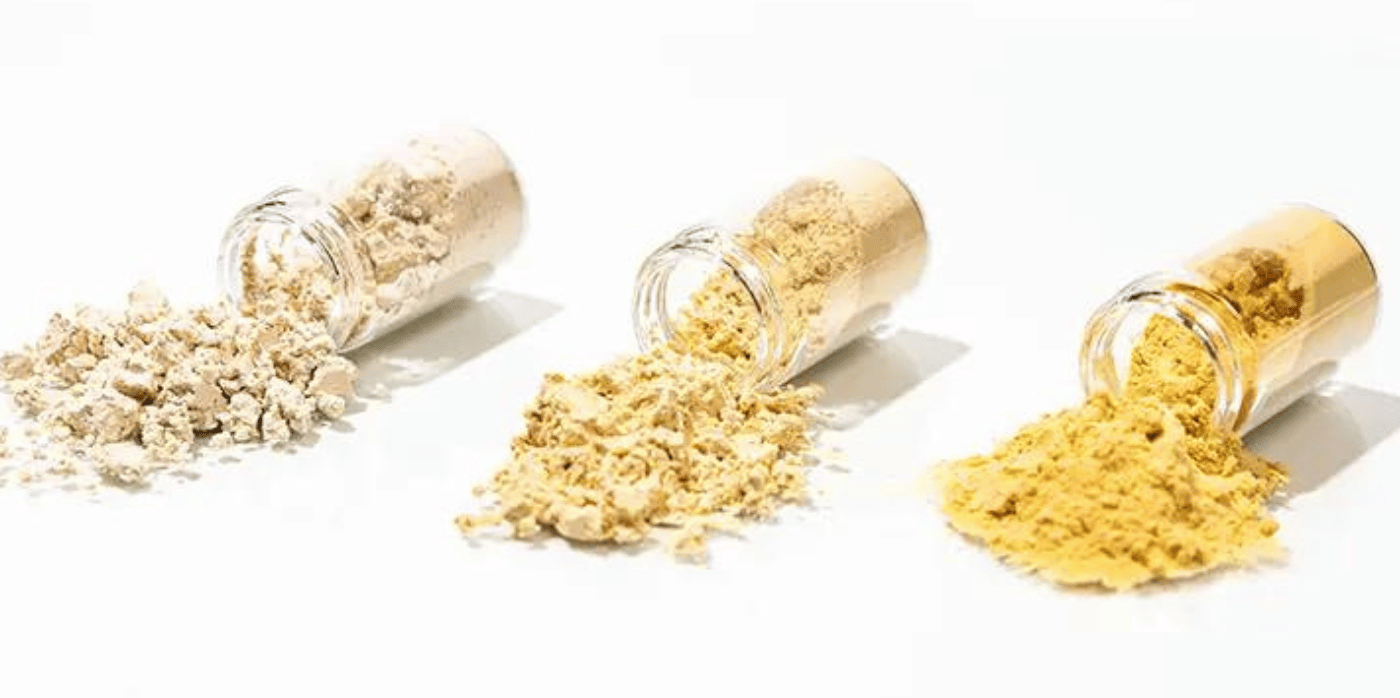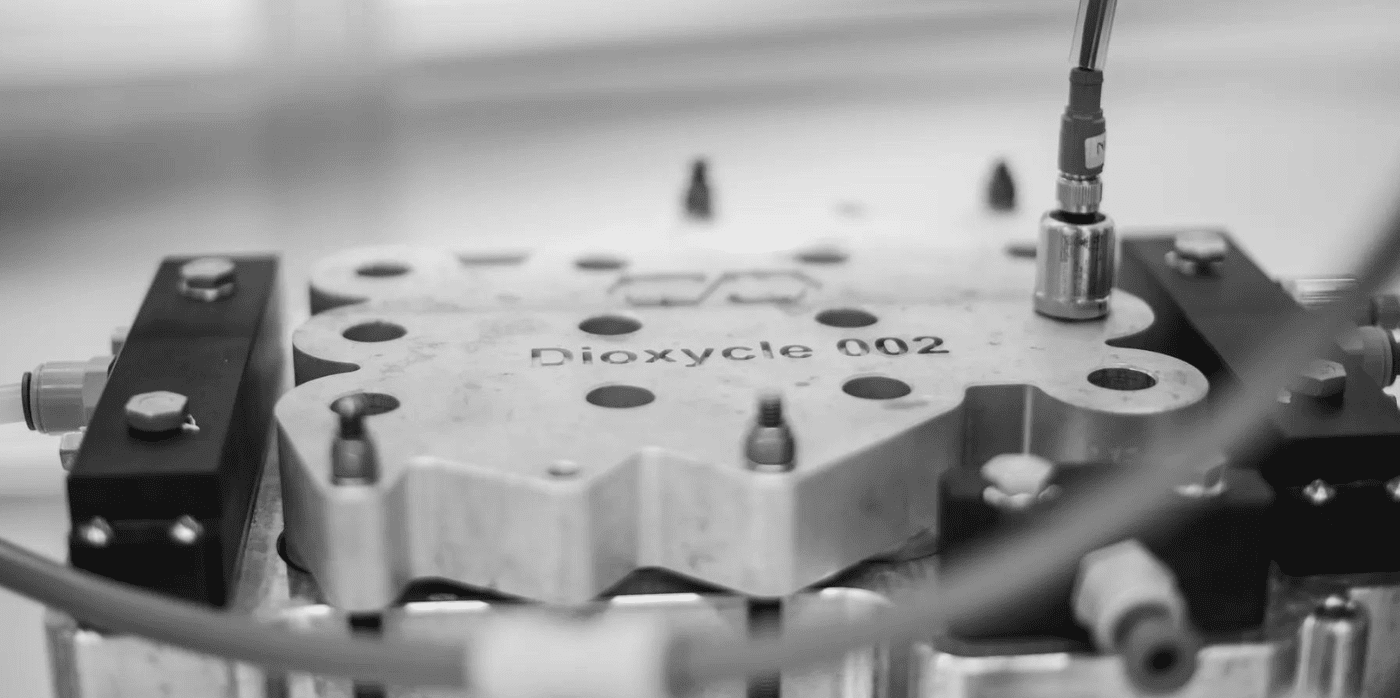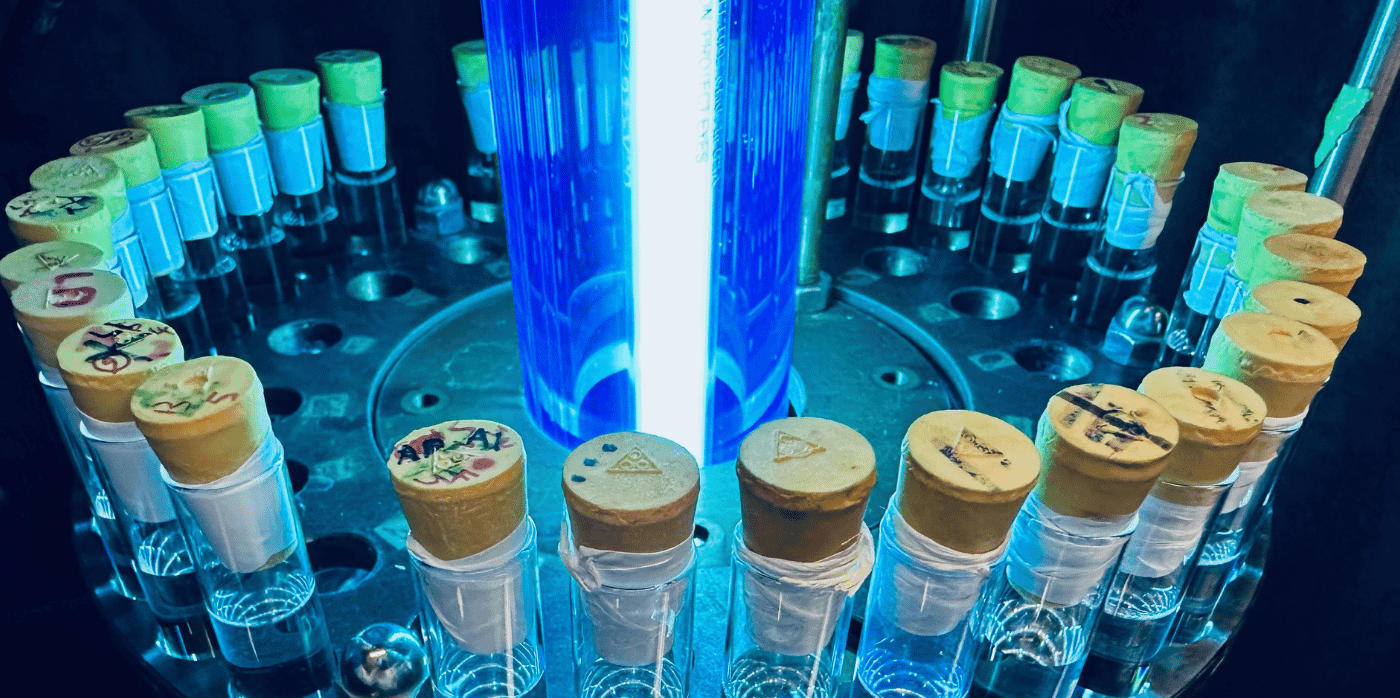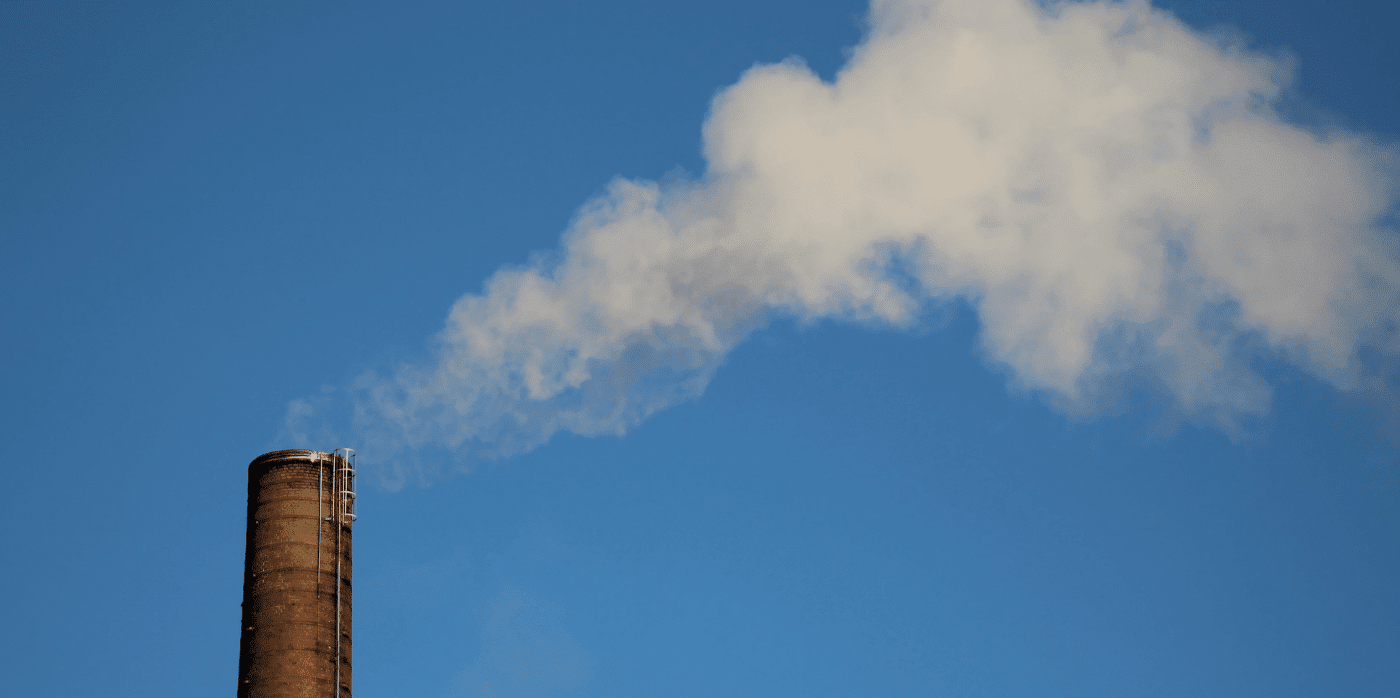Recycling plastic waste into multi-purpose chemicals

Spotted: The COVID pandemic shined a spotlight on the huge amount of plastic waste produced by disposable Personal Protective Equipment (PPE). While PPE such as medical masks, respirators, and surgical gowns are essential health equipment, most of it is highly unsustainable, made using petroleum-based, non-biodegradable polymers. These materials, along with other post-consumer plastic, are not biodegradable and often end up incinerated.
In 2021, as part of the Innovative Solutions Canada programme, which began as the Canadian government’s drive to find new solutions to COVID-19 challenges, Canadian startup GreenMantra was tasked with recycling this PPE waste.
The startup has developed an efficient and cost-effective system for recycling plastics – including bottles, food boxes, film, as well as PPE – into feedstock that can be used to produce speciality waxes and polymers. These, in turn, are used as additives in construction materials like asphalt, roofing shingles, and plastic piping.
GreenMantra’s process operates at relatively low temperature and pressure, making it energy efficient. The system involves depolymerising waste plastics and shortening the length of the polymer chains to produce the wax additive. The company claims that construction products made from its additives outperform fossil-based equivalents.
Creating circular processes that recycle plastic waste into new products is the goal of a huge number of recent innovations Springwise has spotted. These include converting used nappies into pet products and roof tiles made from post-consumer plastics.
Written By: Lisa Magloff

